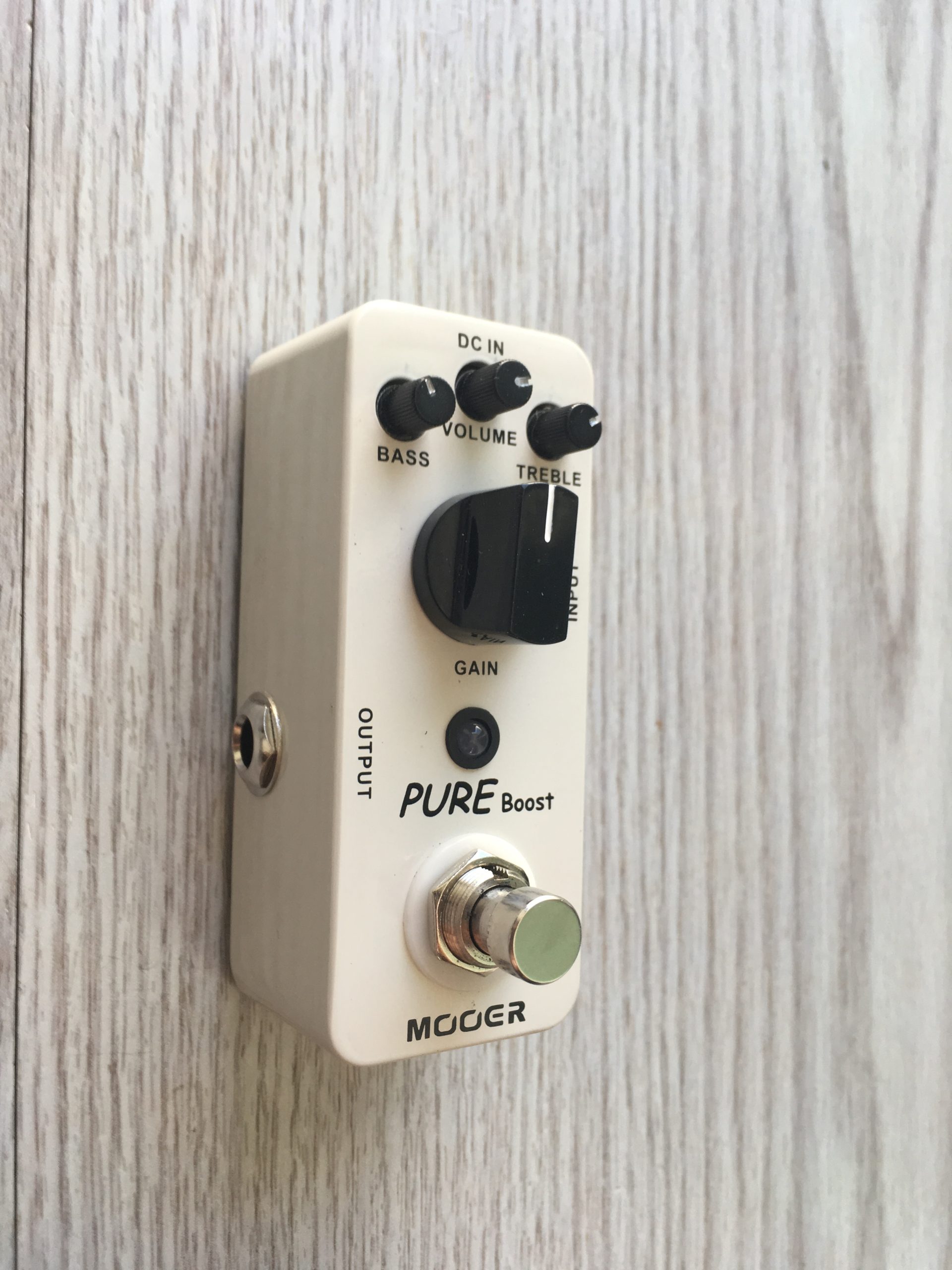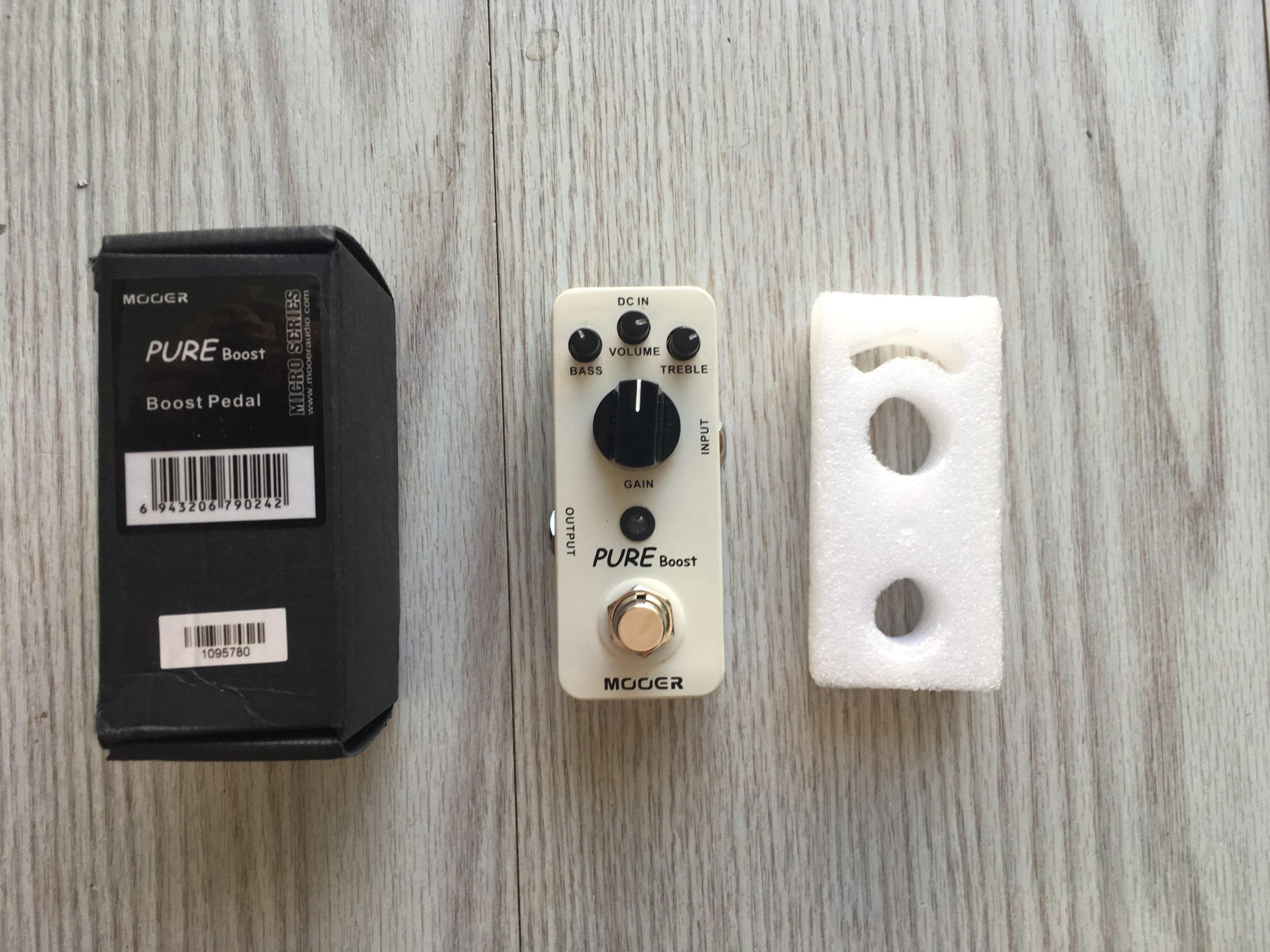It is known that musicians in general suffer from that great (and very dangerous, for the wallet) (mental) disease diagnosed as Gear Acquisition Syndrome, better known by its acronym of GAS. But where does this very dangerous pathology come from? Well from the desire to always improve your sound, discovering new instruments and equipment… and then buying them. 😀
For the electric guitarist, pedal effects are perhaps the object that is most popular as a victim of GAS. Guitars too, but given the much higher cost of the latter, generally (and unfortunately) the average guitarist changes less than the pedal effects.
The most common are the obvious overdrives/distortions, but obviously there is no shortage of reverbs and delays and any modulation pedal, and rightly the boosts to go out in the solo parts.
In the last decade the guitar effects pedal market has undergone a profound transformation, with the arrival of many products (often it would be more appropriate to call them clones) from China, at a much lower price than their European or US counterparts.
The good thing is that most of the time they are products with an exceptional quality ratio, and sometimes the sound quality is so high as to make them practically indistinguishable (or almost) from the original. This is the case with the Mooer Pure Boost!
Specifications
As soon as you open the box, the Mooer Pure Boost looks really good, light and sturdy, with great attention to detail.
The Mooer Pure Boost is a analogue boost very transparent, strictly true bypass, with a metal chassis in mini format and with 20dB of clean boost and ±15dB on the 2 equalization bands:
- DC 9V
- 6mA
- Dimensions: 93.5 mm × 42 mm × H 52 mm
- Weight: 160g
Unfortunately, there is no internal space to put a battery, you have to get over it.


But if we have already anticipated that the sound quality is really close to that of the original, the Xotic RC Booster, where is the difference? Only in the cost of labor (probably very underpaid)? In the fact that copying a product obviously reduces all design and prototyping costs? No, even in the materials.
Actually the Mooer Pure Boost is a solid pedal, which gives a good feeling as soon as you pick it up. However, the top three potentiometers do not give the same solid impression as the Xotic ones, for obvious reasons. Other? Actually, no… In fact I said that it has an impressive quality/price ratio.
Sound
Great. Personally I use it more as a light overdrive, extremely dynamic, to ripple the sound with a very good quality pedal, rather as a boost. As a real boost I find the Mooer Flex Boost immensely better, or the original, the Xotic AC Boost.
The slightly distorted sound you get is that of a light overdrive, and in my opinion it is perfect in that function. As a boost it’s really transparent, but the low gain reserve doesn’t make the sound as “creamy” as I want it to be.
The settings are very sensitive, the sound changes and shapes itself really well, the amount of volume is very high and the gain goes from 0 (really!) to a good crunc, light or strong not depending on whether you use a guitar equipped with single coils or humbuckers, and depending on how much you pound on the strings. If you haven’t understood it, this is all due to a truly exceptional dynamics!
In this video there is an example of how it sounds:
Comparison between the Mooer Pure Boost and the Xotic RC Boost: sound and practicality
Putting the Mooer Pure Boost and Xotic RC Booster side by side for an A/B comparison, it quickly becomes apparent that they are… very similar in terms of sound!
I’m not joking, the comparison results are truly amazing.
But where are the differences? And who sounds better? I answer immediately, in terms of sound the Xotic RC Booster wins. And thanks, I’d like to say, it costs about 4 times as much !!! The point is how he wins, by how much. A little, I would say, but a little significant.
The Mooer Pure Boost sounds broadly identical to the Xotic RC Boost, with the difference, however, of being very slightly less refined and perhaps dynamic. The sound is a bit less soft, one could say rougher. But the difference, although present, is really hard to notice by the listener, in a test with your eyes closed you need a really attentive ear to notice it. However there is. At the level of those who play perhaps a little under the fingers they feel, but I would not swear too much, it could also be just suggestion.
All this attention, not with the same settings, but with the same final sound, as far as you can get! Oh sure, because while in the Xotic RC Booster the equalization is active, in the cheaper Mooer Pure Boost (it seems to me) no! And so clearly you can’t adjust the potentiometers in the same way hoping to get the same sound. You could not, however, between two different pedals, but in this case it would make even less sense.
In terms of practicality there is no comparison, as space occupied in the pedal board the Mooer Pure Boost wins hands down, thanks to its mini size! Some might argue that it is less practical in terms of on-stage adjustments, due to the tiny pots (which don’t give much of a sense of solidity). But in my opinion, the reality is that in 99% of cases once adjusted properly according to the situation, it remains so for all the rehearsals / lives of the evening, therefore the equalization adjustment is not a problem.


So, is it worth keeping the Mooer Pure Boost rather than the Xotic RC Booster?
As mentioned before, the difference in sound between the Mooer Pure Boost and the Xotic RC Booster exists, in favor of the latter, but it is minimal, and probably in a live context , where there is a lot of confusion, you wouldn’t even notice.
So I’d like to say that for most players, professional and non-professional, the Mooer Pure Boost is the best solution. I’m not kidding.
So when might the Xotic RC Booster be preferable? Well, clearly, as in the kitchen, the final flavor of the dish is given by the sum of all its ingredients, so the better the quality, the better the final sound, regardless of all other conditions. The Xotic RC Booster doesn’t just sound better, it’s also built with better components, so even the slightest background noise is kept to a minimum. Therefore, if you want to cancel any alibi due to compromise components and want the best sound regardless, don’t worry about the size and weight of the pedal board you will have to carry, and you can afford it as a price, clearly the Xotic RC Booster wins.
Personally, I have both of them, and I keep them both. But only because I can (fortunately) afford it, and because I have more than one pedal board. Currently the Xotic RC Booster is built into a large pedal box, which I can’t always carry around, though, so it isn’t even used often. For the moment I don’t need to sell it, so I prefer to keep it.
But if I had to choose for reasons of practicality, due to almost all situations in which I find myself playing, I would choose the Mooer Pure Boost without thinking twice. Virtually identical sound, significantly lower cost and half the size. There is really no comparison! The Mooer Pure Boost wins. 😀
Conclusions
The Mooer Pure Boost is an excellent pedal, with a very good build quality and an exceptional sound, very dynamic and transparent. This is a light overdrive, so don’t expect big distortions, but that also contributes to its exceptional dynamics.
It is the clone of the Xotic RC Booster, but it is not a Chinese version, the sound is very similar to the original.
Plus it’s also relatively (for what it’s worth) cheap: on music market or reverb.com is about 49 euros new and 30 used. In my opinion it is worth them all, and maybe even more.
So recommended? Definitely yes! 😉
Published on musicanza.it on: 03/02/2022.
